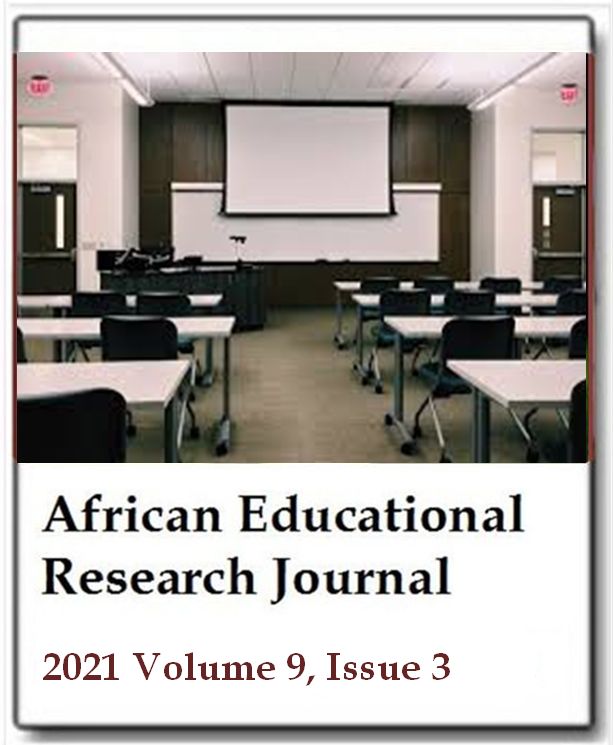Examination of perceptions of 6th grade students regarding the concepts of law and justice
Hakkı Yazici, Oğuz Doğan, Mehmet Kürşat Koca and Mehmet Tamer KayaAfrican Educational Research Journal
Published: July 14 2021
Volume 665-678
DOI: https://doi.org/10.30918/AERJ.93.21.100
Abstract
Within the scope of the Law and Justice course curriculum, it is aimed to provide students with knowledge and skills such as the development of law and justice awareness, and the development of legal literacy. This study aims to reveal students' perceptions about the concepts of law and justice in the Law and Justice course curriculum, which is taught in the 6th grade of secondary school. Phenomenology, one of the qualitative research methods, was used as a method in the study. The working group of the research consists of 150 students studying in the 6th grade at Atatürk Secondary School and Gazi Mustafa Kemal Secondary school located in the center of Çay district, Afyonkarahisar in the 2019-2020 academic year. The "Law and Justice Word Association Test" prepared by the researcher was used as the data collection tool. Descriptive analysis, one of the qualitative data analysis methods, was used in the analysis of the data, and frequency tables were created to determine students' perceptions about each concept and to reveal the relationships between concepts. Concept networks have been prepared using frequency tables. The data were analyzed and interpreted according to the relationships that emerged in the concept networks. Within the framework of the results obtained from the research, the perceptions of the students towards the concepts of law and justice are close to each other. It has been revealed that the students have enough conceptual knowledge to raise awareness about the concepts of law and justice. With the help of word association tests, it is seen that students can have an idea about their concept perception.
Keywords: Concept, perception, law, justice, social studies.
Full Text PDFThis article is published under the terms of the Creative Commons Attribution License 4.0

